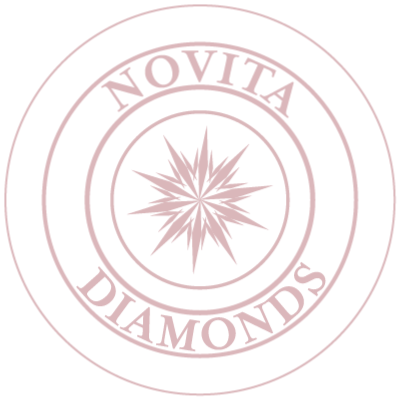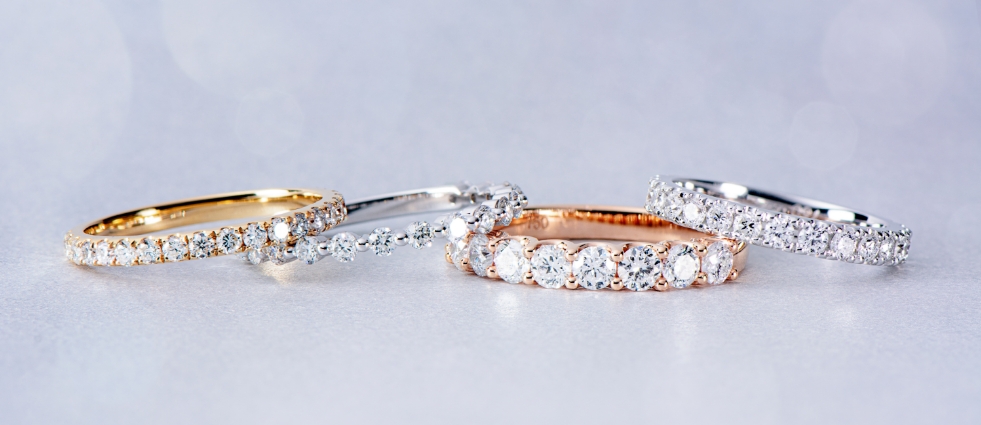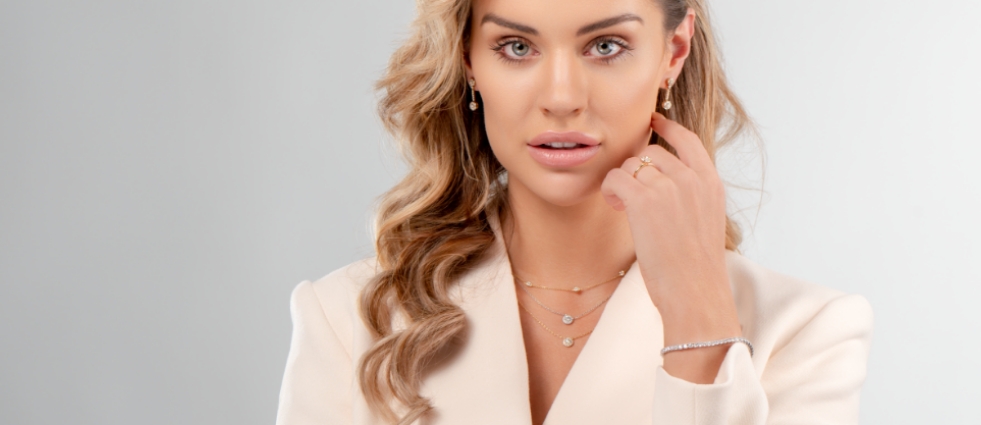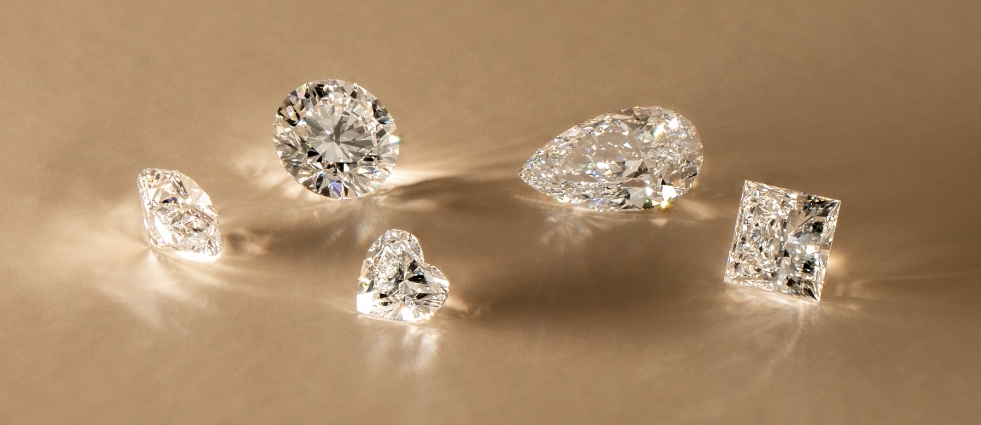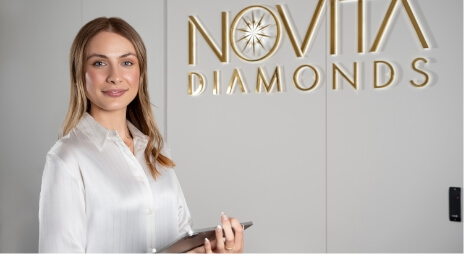As first-time diamond purchasers, it can be challenging to navigate the various different shapes and understand each shape's unique advantages and drawbacks. Unfortunately, so much false and misleading information online is spread by companies trying to promote certain shapes. The reasons can range from trying to create new trends, getting rid of slow-
moving stock, or increasing profit margins. Taking this into account, our gemmologists put together this easy-to-understand guide to help you figure out which diamond shape is best for you.
Our gemologists, with their extensive industry experience and unbiased perspective, are here to help you make the right decision by detailing both the advantages and disadvantages of each diamond shape and summarizing exactly under which circumstances you should go for them.
ROUND BRILLIANT
To begin, let's take a look at our most popular shape, the round brilliant shape.
Pros:
- Round diamonds sparkle the brightest among all the shapes because the way the facets are cut allows them to reflect the most light.
- With round diamonds always in plentiful stock, customers have more options to choose from.
- Diamonds of the round shape are timeless and will never go out of fashion, whereas all the other shapes will come and go once in a while.
- The round shape makes them an excellent choice for solitaire rings.
Cons:
- Round brilliant shape is more expensive than any other shapes, by around 20-30%. When creating a round cut, there is always a waste of rough diamonds, and they are also always in high demand, so they are more expensive than other stones, which have periodic rises and falls in popularity.
Oval
Pros:
- Among all the shapes, ovals appear the biggest. They are shallow and elongated, thus making the diamond's spread much larger from the top. A typical oval diamond appears 12-20% larger than a round diamond.
- Due to less wastage when cutting rough diamonds, they are roughly 15-25% less expensive than round diamonds.
- Oval cut stones offer a great alternative to traditional round stones, and they are a good budget-friendly option for getting a larger stone for the same budget.
Cons:
- The diamond loses sparkle in the middle. As a result of the diamond's elongated shape, it has fewer facets in the middle. In some ovals, the middle of the oval dims suddenly and quite noticeably, which is called the "bow tie" effect.
Note: Some diamonds have it, while others don't.
- Tip: Make sure you limit your choices to the diamonds on our "available in showroom" or "recommended" list, as our gemmologists have already handpicked oval diamonds that don't have bow ties.
- Tip: Avoid sites that sell cheap oval diamonds, especially in the US. There is a reason why those diamonds are cheap; they usually have large bow ties and are often called "reject" diamonds by industry insiders.
We have a large number of oval diamonds in our collection, making it easy for you to select the perfect diamond in the size and ratio that suits your needs. If we do not currently have what you are looking for, our gemmologists will find it for you from suppliers.
